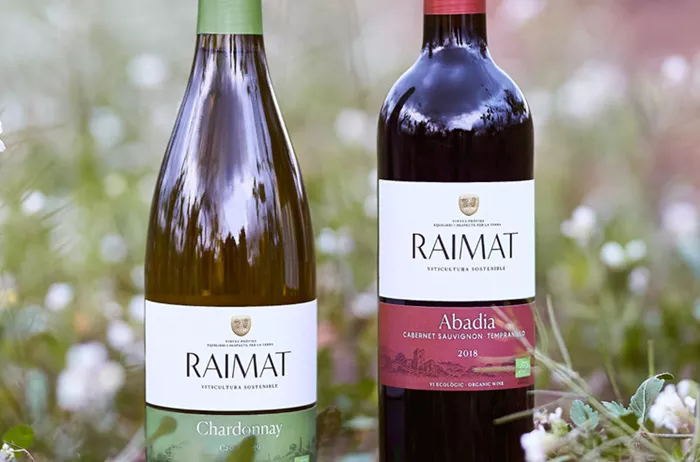Alsace wines, celebrated for their aromatic, fruity, and luscious qualities, represent a distinctive category of quality wines that deserve greater recognition among consumers. Despite being highly regarded by wine professionals for their delicious taste, these wines often struggle to capture the broader market’s attention, with many wine drinkers hesitant to purchase them regularly, even after sampling and enjoying their flavors.
A key factor contributing to this consumer reluctance is the region’s traditional use of tall, slender bottles—known as flûtes d’Alsace—which evoke outdated associations with inexpensive German wines. This packaging choice reflects Alsace’s complex history of shifting control between France and Germany, as well as the region’s enduring connection to German wine traditions.
Alsace was a pioneer in French wine labeling by prominently featuring grape varieties on the label, a practice officially sanctioned within its appellation laws well before it gained acceptance elsewhere in France. Ironically, the prominence of German grape varieties such as Gewürztraminer, Pinot Blanc, and Pinot Gris further reinforces consumer perceptions that Alsace wines resemble the sweeter, less prestigious German wines, which may deter some buyers.
The region primarily produces white wines that showcase aromatic grape varieties, yielding characterful still and sparkling wines. Gewürztraminer, closely associated with Alsace, is notable for its intense aromas of lychee, spice, and rose petals, combined with a fresh, lemony palate. These wines often evoke mixed reactions due to their pronounced perfumed character, exemplified by offerings like the Turckheim Co-op’s Reserve near Colmar.
Alsace Rieslings stand apart from their German counterparts with a pure, fruit-driven nose dominated by citrus notes, alongside a dry, mineral-rich palate featuring white peach flavors. Pinot Blanc wines from the region are delicate and silky, with light peach and citrus aromas, while Pinot Gris produces richer, textured dry wines with a distinctive smoky finish.
The region also produces prestigious late-harvest dessert wines—Vendange Tardive and Sélection de Grains Nobles—crafted from grapes affected by noble rot, highlighting Alsace’s capacity for complex sweet wines.
Alsace wines are versatile, serving well as aperitifs or paired with a range of dishes. Their balanced minerality and mellow mid-palate complement hearty winter fare such as shepherd’s pie, fish pie, and Cullen skink, while richer styles pair excellently with pâté. Their refreshing qualities also make them ideal for summer enjoyment alongside salads, light meats, and fish.
Despite their historical packaging and varietal profiles that may initially challenge consumer expectations, Alsace wines offer refined, stylish, and flavorful experiences that merit wider appreciation among wine enthusiasts worldwide.
You Might Be Interested In:


